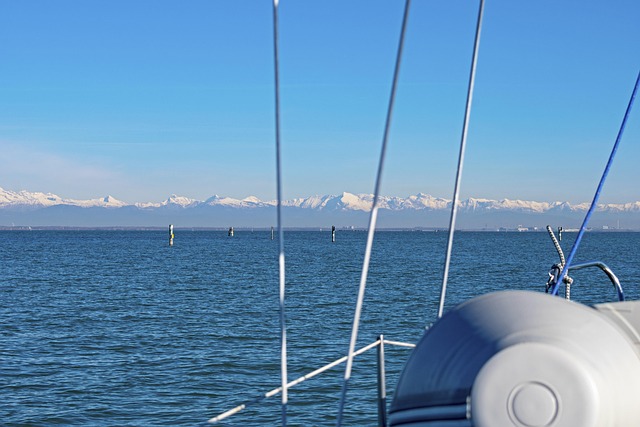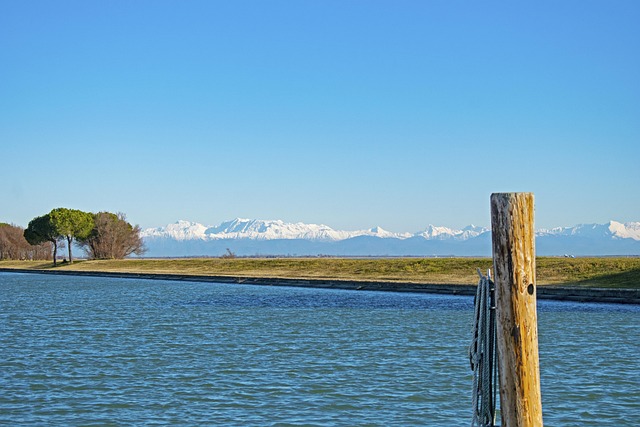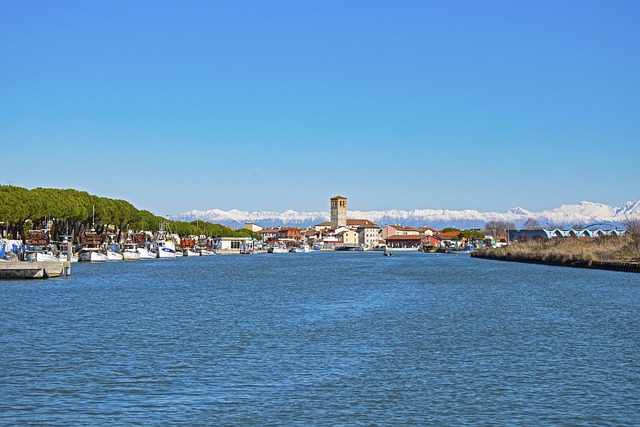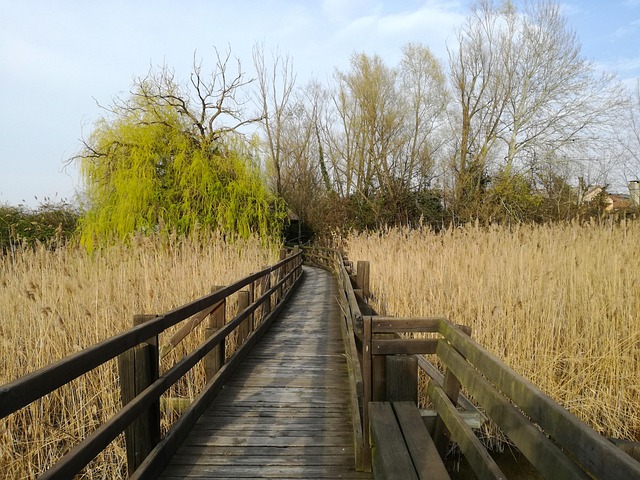The intersection of vast deserts and fertile farmland offers a unique Real Estate niche, attracting investors and developers with opportunities for innovative projects. From eco-resorts to sustainable agriculture, this diverse landscape supports creative uses that cater to sustainability demands. The market thrives due to demand for alternative lifestyles and custom home building on spacious plots. Commercial options include agritourism and data centers leveraging the region's infrastructure. However, development requires careful consideration of environmental factors and coordination among stakeholders for balanced growth.
In the heart of the vast, untamed desert lies a captivating blend—a unique real estate niche where arid landscapes meet fertile farmland. This intricate mix presents an intriguing opportunity for developers and investors seeking diverse portfolios. Understanding this dynamic relationship is crucial in navigating the challenges and unlocking the potential of these multifaceted properties, offering both opportunities and considerations within the realm of real estate.
Understanding the Desert-Farmland Blend: A Unique Real Estate Niche

The blend of vast deserts and fertile farmland presents a captivating real estate niche, offering a unique opportunity for investors and developers. This dynamic combination showcases a diverse landscape where expansive, open spaces meet productive agricultural areas, creating a distinct market segment within the broader real estate industry. The allure lies in the potential for innovative land use, from sustainable agriculture to eco-tourism ventures, capitalizing on both the natural beauty of deserts and the economic viability of farming.
This dual-natured landscape provides a platform for creative development strategies. For instance, integrating solar farms into agricultural settings or designing eco-resorts that blend seamlessly with the desert environment while offering access to local produce. Such projects not only cater to growing demands for sustainable living but also attract a diverse range of buyers and investors, contributing to a thriving real estate market centered around this remarkable blend of natural features.
The Appeal and Opportunities for Developers and Investors

The vast, open landscapes of desert and farmland offer a unique and appealing opportunity for real estate developers and investors. This diverse terrain presents a canvas for innovative projects, from luxury resorts and eco-friendly housing developments to commercial spaces catering to emerging industries. The potential is immense, especially with the growing demand for sustainable and location-specific designs that blend into these natural settings.
Developers can capitalize on the tranquility and beauty of these areas, attracting buyers seeking a change from urban environments. Moreover, the availability of spacious plots allows for custom home building, catering to those who appreciate customization and privacy. Investors in commercial real estate can explore diverse options, such as agritourism, sustainable agriculture, or data centers taking advantage of the region’s ample space and reliable infrastructure.
Challenges and Considerations for This Diverse Landscape
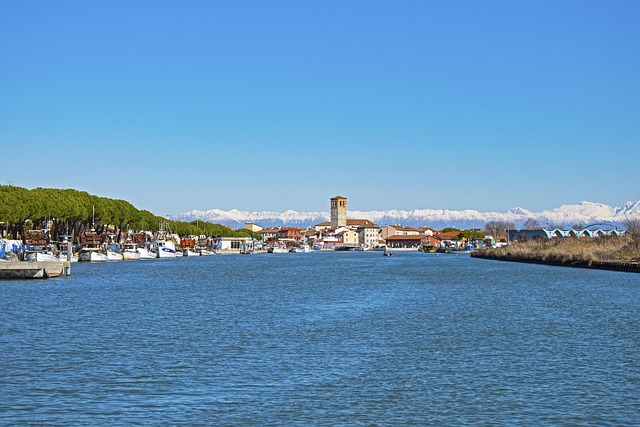
The diverse landscape of wide-open deserts and farmland presents both opportunities and challenges in the realm of real estate. One of the primary considerations is understanding the unique environmental factors at play, such as extreme weather conditions and limited water resources, which can impact development and infrastructure planning. For instance, constructing sustainable and resilient buildings that conserve energy and water is essential to mitigating potential damage from heat waves and droughts.
Moreover, navigating the complex web of land ownership and zoning regulations is crucial. With vast expanses of public lands intermingled with private farmland, coordination among various stakeholders—from local farmers to real estate developers—is necessary for harmonious development. This involves careful planning to ensure that agricultural practices are preserved while also accommodating sustainable residential or commercial growth, fostering a delicate balance between the desert’s natural beauty and human settlement.
